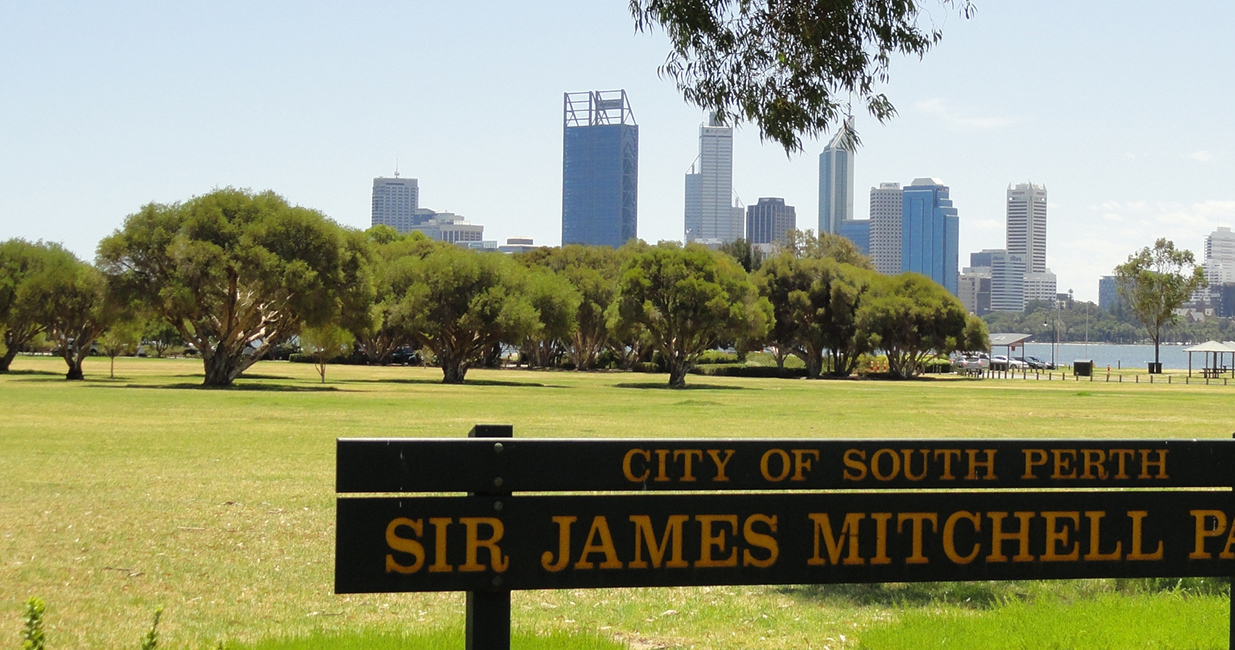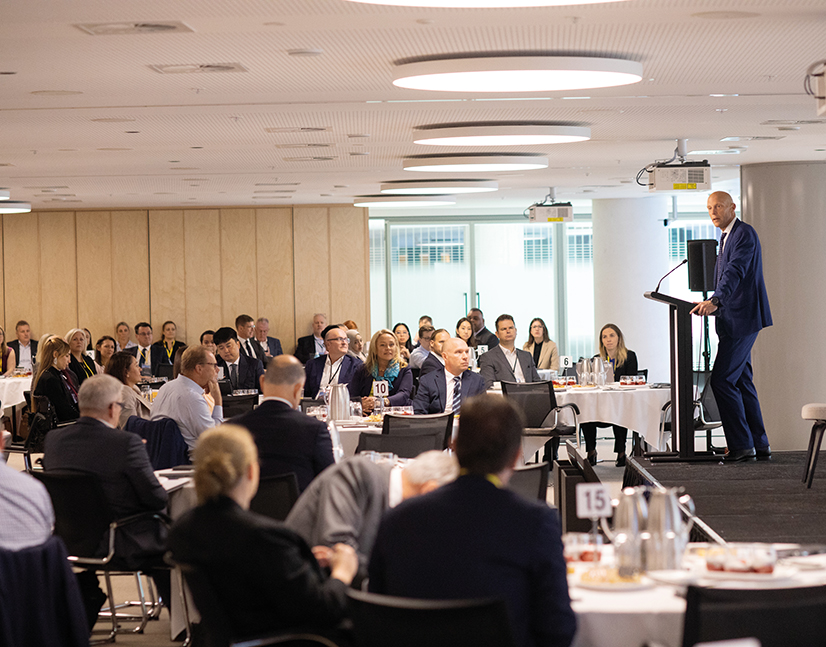
Asset scale and state sustainability commitment key for WATC ahead of green-bond roadshow
Western Australian Treasury Corporation will begin a global roadshow in late May ahead of its planned debut green-bond transaction, with the state funding agency highlighting the interoperability advantages of a largely government-owned asset base. Labelled bond issuance will be limited by the relatively small size of the state’s funding need rather than availability of qualifying assets.
Western Australian Treasury Corporation (WATC) published its Sustainability Bond Framework on 2 May and will begin a round of investor meetings on 16 May ahead of a debut green-bond transaction. Western Australia (WA) is the fourth Australian state to enter the green, social and sustainability (GSS) bond market.
Kaylene Gulich, chief executive at WATC in Perth, says the treasury corporation has been supportive of sustainability issuance for some time but “wanted it to be with all-of-state involvement”. This has been a work in progress but reached a tipping point in recent years with a raft of significant state government commitments in support of overall sustainability outcomes.
“We now have a strong, cohesive story that we believe suits engagement with investors, backed by commitments and projects of a scale that is meaningful to the state and for investment purposes,” Gulich tells KangaNews.
ASSET BASE
In fact, WATC could over time have access to a wider range of assets and thus a larger sustainability issuance pool than some of its peers. For instance, Perth’s two desalination plants – which produce 45 per cent of the city’s water supply – are both owned by the state government via the Water Corporation. A third, renewable energy powered, plant is planned with the first of its two stages expected to be operational by 2028.
State asset ownership also helps the funding framework address interoperability. The WA state government has committed to an 80 per cent reduction in its own emissions relative to 2020 levels by the end of the current decade, which will require the elimination of coal from the energy system. This should help ease investor skepticism that has emerged when, for instance, a public-sector borrower issues green bonds to fund electric rail projects in regions with a coal-reliant power grid.
“The interoperability issue is certainly made easier by virtue of the fact that WA owns more of its own assets – in particular for electricity generation and distribution. It should also make it easier to grow the asset pool over time with material, impactful assets,” Gulich says.
On the other hand, WATC expects investors will have close scrutiny on the specifics of the WA state economy when it roadshows its debut green-bond deal in Asia, Europe and Japan from late May. Gulich says the framework has been drafted to “acknowledge the reality of being a mining and an export state” but also the significance of WA’s role in supporting global environmental transition through lithium and other rare earth minerals, and also state government commitments to support development of the green hydrogen power sector.
The WATC Sustainability Bond Framework includes a section covering “decarbonisation and the mining industry” that acknowledges WA’s “relatively high” per capita carbon footprint and its growth over the past two decades, which it ascribes to “the rapid expansion of the resources sector to service the global economy”.
The framework adds: “The majority of large mining and energy companies in WA, which contribute about half of the state’s emissions, have set targets for net zero emissions by 2050. The WA government is partnering with the state’s mining, energy and manufacturing industries to reduce emissions and support the goal of the Paris Agreement. This process will be underpinned by the sectoral emissions reduction strategies which are a key component of the climate policy to drive WA’s decarbonisation across the economy.”
When it comes to GSS bond proceeds, new-build projects like the third desalination plant and infrastructure to support a significant uplift in renewable energy penetration in the metropolitan electricity grid might be the most likely use of funds for WATC sustainability issuance. This is because the framework includes a relatively tight look-back period, of one financial year.
Gulich explains: “We will only be using assets that are either recently constructed or under construction. We have a large amount of other, existing assets that would have been suitable for the pool but we want to demonstrate to investors that this is an action-based programme.”
WATC has yet to confirm the specific assets to be funded by the debut transaction but Gulich says desalination, wind farms and WA’s “big battery”, and the Perth Metropolitan electrified rail extension are all plausible options.
FUNDING LIMITATIONS
The framework covers social as well as environmental expenditure but the first deal will be green rather than social or sustainability. Gulich comments: “Feedback from the investor community is that they are most interested in seeing WA progress in green areas, especially given the shape of the state economy. This is also where the biggest investment is being directed in the coming years.”
However, she adds: “We have developed a framework to provide maximum opportunity and flexibility. The SPO identified a large amount of state assets that align with the ICMA Green Bond Principles and Social Bond Principles, and the sequence of future issuance will be based on funding needs as well as our desire to support liquidity in our vanilla lines. We certainly plan to grow the size of the asset pool to further increase flexibility.”
WATC has not revealed any specific targets for GSS issuance but the main constraint, in the medium term at least, is likely to be the overall size of the state’s funding task. The forthcoming green bond will be its only 2033 maturity but future issuance will have to support GSS and vanilla bonds. A larger refinancing need will boost flexibility, Gulich explains: WATC has a A$3.6 billion benchmark maturity in October this year – the first half of its 2023/24 funding year – that supports an increase in the term funding task compared with recent years.
“We have given a lot of thought to the liquidity of the green bond and indeed to liquidity across the curve. We don’t have a huge issuance programme and some of our lines are already heavily held by the RBA [Reserve Bank of Australia] and other ‘sticky’ third-party investors, so secondary turnover has been relatively subdued in recent years” Gulich tells KangaNews. “We try to manage this by regular communication with investors and our fixed-income dealer panel about our issuance needs, including being clear when we have limited opportunities for reverse enquiry.”

HIGH-GRADE ISSUERS YEARBOOK 2023
The ultimate guide to Australian and New Zealand government-sector borrowers.

WOMEN IN CAPITAL MARKETS Yearbook 2023
KangaNews's annual yearbook amplifying female voices in the Australian capital market.









